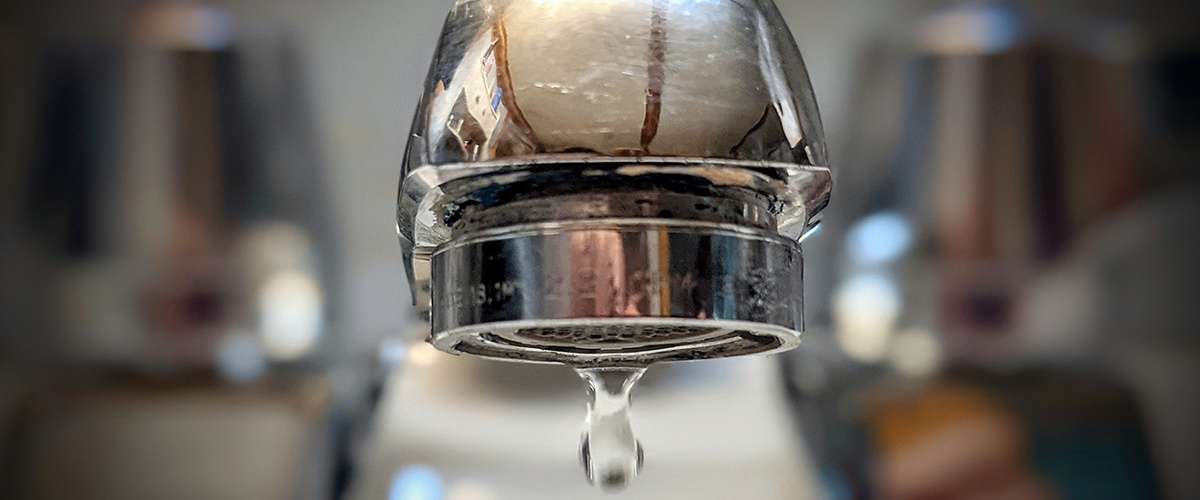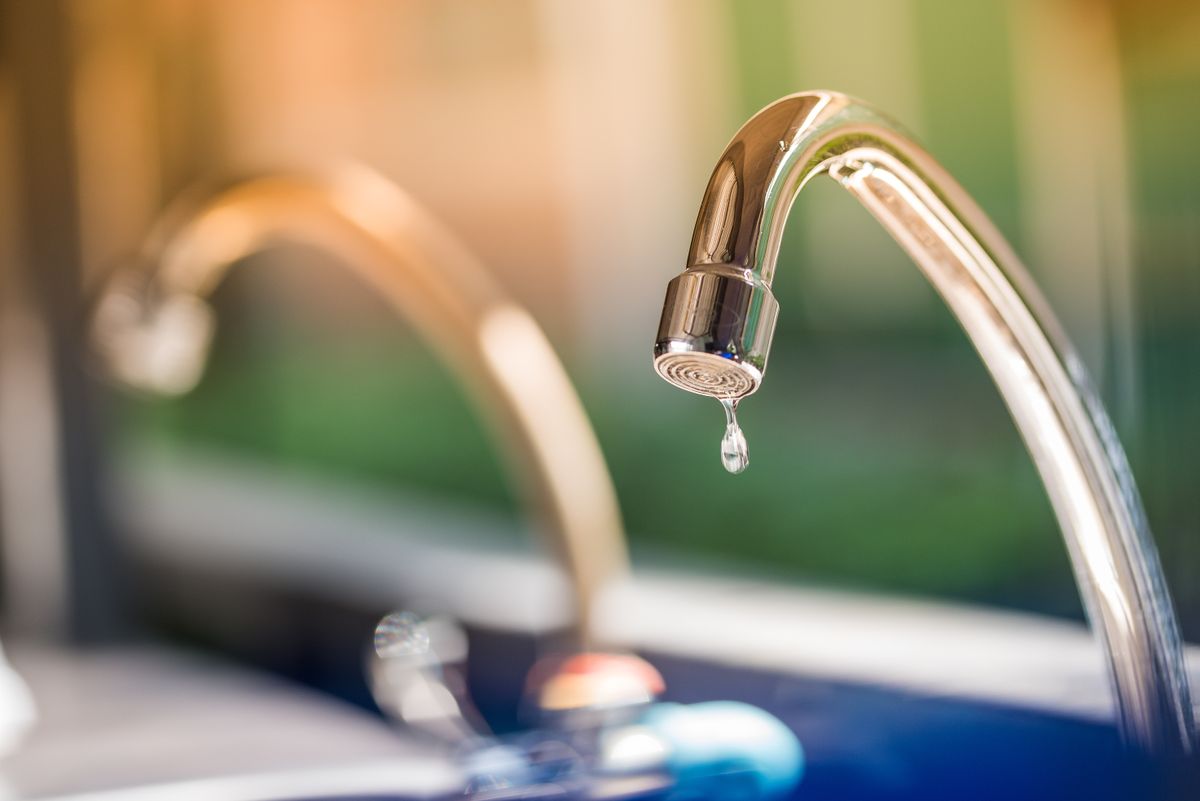Almost everyone is bound to have their unique thinking on the subject of What Causes Leaky Faucets & How To Fix Them.

Leaking taps could feel like a minor hassle, however their effect exceeds simply the aggravation of the sound. From wasting water to incurring unneeded economic prices and wellness threats, overlooking a trickling tap can bring about numerous effects. In this post, we'll look into why it's essential to address this usual house problem immediately and properly.
Waste of Water
Environmental Impact
Trickling taps contribute significantly to water wastefulness. According to the Environmental Protection Agency (EPA), a solitary tap dripping at one drip per secondly can squander more than 3,000 gallons of water annually. This not only pressures water sources but additionally affects ecosystems and wildlife depending on them.
Step-by-Step Guide to Dealing With a Dripping Faucet
Devices Required
Before trying to fix a leaking tap, gather the essential tools, including a flexible wrench, screwdrivers, substitute parts (such as washers or cartridges), and plumber's tape.
Usual Tap Issues and Their Solutions
Identify the kind of tap and the certain concern causing the drip. Common troubles consist of damaged washing machines, corroded valve seats, or defective O-rings. Describe supplier guidelines or on-line tutorials for detailed support on repair services.
Financial Expenses
Boosted Water Costs
Beyond the environmental impact, trickling faucets can blow up water bills considerably. The built up waste with time translates into greater energy expenses, which could have been prevented with prompt fixings.
Potential Building Damages
Moreover, prolonged dripping can lead to damage to fixtures and surfaces bordering the tap. Water buildup can trigger discoloration, rust, and even structural issues if left neglected, causing extra repair work costs.
Health Problems
Mold And Mildew and Mildew Development
The continuous visibility of wetness from a leaking tap produces a perfect setting for mold and mildew and mildew development. These fungi not only compromise indoor air quality however also present health dangers, specifically for people with breathing problems or allergies.
Waterborne Conditions
Stationary water in trickling taps can end up being a breeding place for germs and other microorganisms, enhancing the risk of waterborne conditions. Impurities such as Legionella germs prosper in stagnant water, possibly resulting in major illnesses when consumed or inhaled.
DIY vs. Specialist Repair service
Benefits and drawbacks of DIY Repair
While some might attempt to deal with a leaking faucet themselves, do it yourself repairs feature their own collection of difficulties. Without proper understanding and devices, DIY efforts can exacerbate the problem or lead to incomplete fixings, prolonging the issue.
Advantages of Working With an Expert Plumber
Working with an expert plumber makes sure that the underlying source of the dripping tap is attended to efficiently. Plumbings possess the knowledge and equipment to identify and repair faucet problems successfully, conserving time and reducing the danger of more damage.
Environmental Responsibility
Private Payment to Preservation
Taking obligation for taking care of trickling taps straightens with more comprehensive initiatives towards water conservation and environmental sustainability. Every individual's actions collectively make a substantial influence on maintaining valuable resources.
Lasting Living Practices
By focusing on prompt repairs and taking on water-saving behaviors, individuals contribute to lasting living methods that benefit both existing and future generations.
Preventive Measures
Normal Maintenance Tips
To prevent dripping taps, carry out regular maintenance such as cleansing aerators, examining for leakages, and replacing damaged parts immediately. Additionally, think about mounting water-saving devices or updating to extra reliable fixtures.
Value of Prompt Services
Dealing with leaking faucets as soon as they're discovered avoids additional water wastage and potential damage, eventually saving both water and money over time.
Effect On Building Value
Perception of Well-Maintained Home
Preserving a building in good condition, consisting of attending to maintenance issues like dripping taps, improves its viewed value and worth amongst prospective buyers or lessees.
Impact on Resale Value
Properties with well-kept plumbing components, consisting of faucets, command greater resale values in the property market. Dealing with trickling faucets can add to a positive impact during property assessments and negotiations.
Final thought
Addressing a leaking tap goes beyond plain benefit; it's a necessary step towards saving water, lowering financial prices, and safeguarding health and property. Whether with DIY repair services or professional help, doing something about it to take care of leaking faucets is a small yet impactful means to advertise responsible stewardship of sources and contribute to a healthier, extra lasting future.
How to Fix a Leaky Faucet: Step-by-Step Repair Guide
A leaky faucet may seem like a simple annoyance, but if it's not fixed promptly, that leak could cost hundreds to potentially thousands. From water damage to mold, mildew, and high water bills, even a tiny leak can be catastrophic if left unattended. Damage like this can even affect the overall value of your home, so it's important to take the right approach for leaky faucet repair. You may need the help of a plumber in some cases, but we've got a few tips you can try on how to fix a leaky faucet before calling the pros.
Four Faucet Types
When you're learning how to fix a leaky faucet, the first step is knowing what kind of faucet you're working with! There are four common types.
Cartridge Faucets
Cartridge faucets come in one- or two-handled varieties. In one-handled cartridge faucets, hot and cold water combines in a single cartridge. In the two-handled versions, hot and cold water are controlled separately and mixed in the faucet.
Ball Faucets
Ball faucets have a single lever you push up and down to adjust the pressure and rotate to change the temperature. A slotted metal ball controls the amount of water allowed into the spout.
Compression Washer Faucets
They're the oldest type of faucet, but they're still used in many homes — especially older ones. Compression faucets have two separate handles that, when turned, raise or lower the washer that seals a water valve. This valve stops water from flowing through the faucet when it is turned off.
Disc Faucets
Disc faucets rarely need to be repaired due to their maintenance-free design. The water flow is controlled by two discs — the upper one raises and lowers against a fixed lower disc, creating a watertight seal. If your disc faucet starts leaking, you may need to replace the seals or clean residue buildup from the inlets.
Fixing a Leaky Faucet
Step 1: Turn Off the Water
Whether you're learning how to fix a leaky bathtub faucet or how to fix a leaky kitchen faucet, always turn off the water supply to your working area when you're fixing a leak. The last thing you want is a flood added to your list of things to fix.
Look for the shutoff valves below your sink or around the tub and turn them clockwise to stop the water flow. If your faucet doesn't have shutoff valves, you may need to turn off the water for the whole house. Check to make sure it's off by turning the faucet on. If nothing comes out, you're ready to start the repair.
Step 2: Take Apart the Faucet
How you disassemble your faucet depends on the type of fixture you have. You can use a flathead screwdriver to remove the caps on top of the handle or handles for cartridge and compression faucets. Inside, you should see handle screws. Unscrew these with a screwdriver to remove the handle.
Disc- and ball-style faucets will typically have an inlet screw near the handle, and removing that will reveal the interior of the faucet.
Detach the Valve Stem
For cartridge- and compression-style faucets, you'll see the inner valve stem or cartridge once you remove the faucet handles. If you have a compression faucet, unscrew the brass valve stem. If you have a cartridge faucet, pull out the cartridge. If your cartridge has been in place for a while, it may require some tools or extra force to remove it due to mineral deposits.
Examine and Replace Parts
Once you've removed the parts, check them out to confirm what needs to be replaced. You may see corroded rubber washers, O-rings, stems, or cartridges. On a ball-style faucet, check the seats and springs for damage.
If you need to repair a leaky disc faucet, check the inlet and seals on the lower disc.
Once you determine what parts must be replaced, visit your local hardware store. Bring the damaged parts with you to ensure you can purchase the correct components to replace them.
Clean Valves and Faucet Cavity
If you've removed a stem or cartridge, you may notice mineral buildup in the faucet's threads. Use white vinegar to clean the valve seat by soaking it for a few minutes, then scrub it away with a soft toothbrush and rinse with warm water. You can also clean the interior of the faucet in the same way.
Reassemble the Faucet
Once your faucet is cleaned and the required parts have been replaced, it's time to reassemble it. Put the pieces back together and slowly turn the water supply back on. Doing this slowly is crucial because too much initial water pressure can damage the new hardware you've just installed.
https://homewarranty.firstam.com/blog/how-to-fix-leaky-faucet

I'm very inquisitive about Leaky Faucets: Why They Happen & What to Do About Them and I really hope you enjoyed our page. Please take the opportunity to promote this content if you enjoyed reading it. Thanks a lot for your time. Revisit us soon.